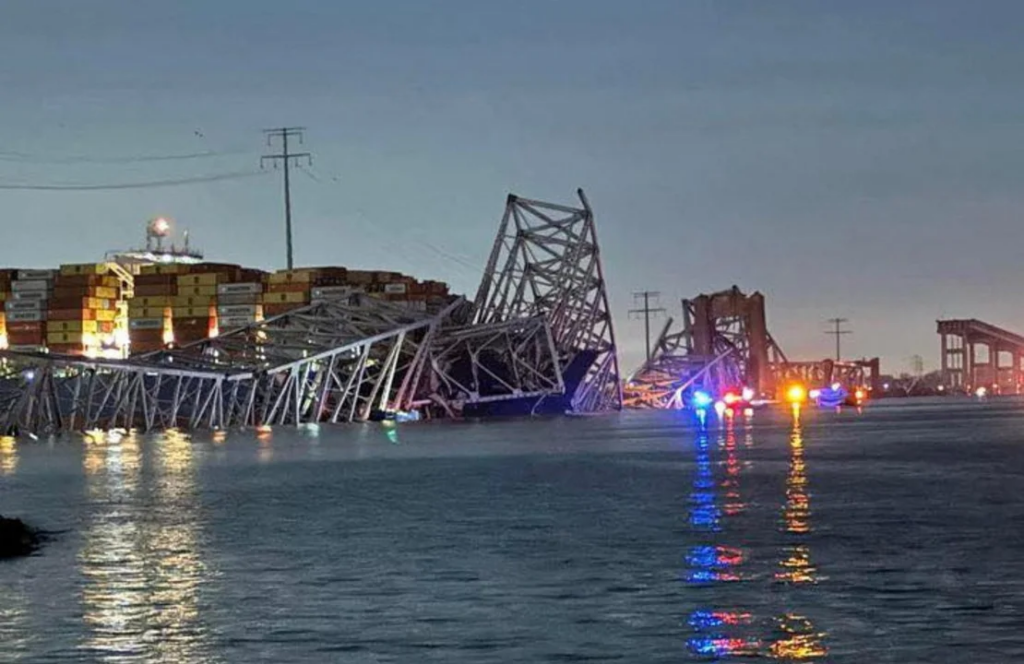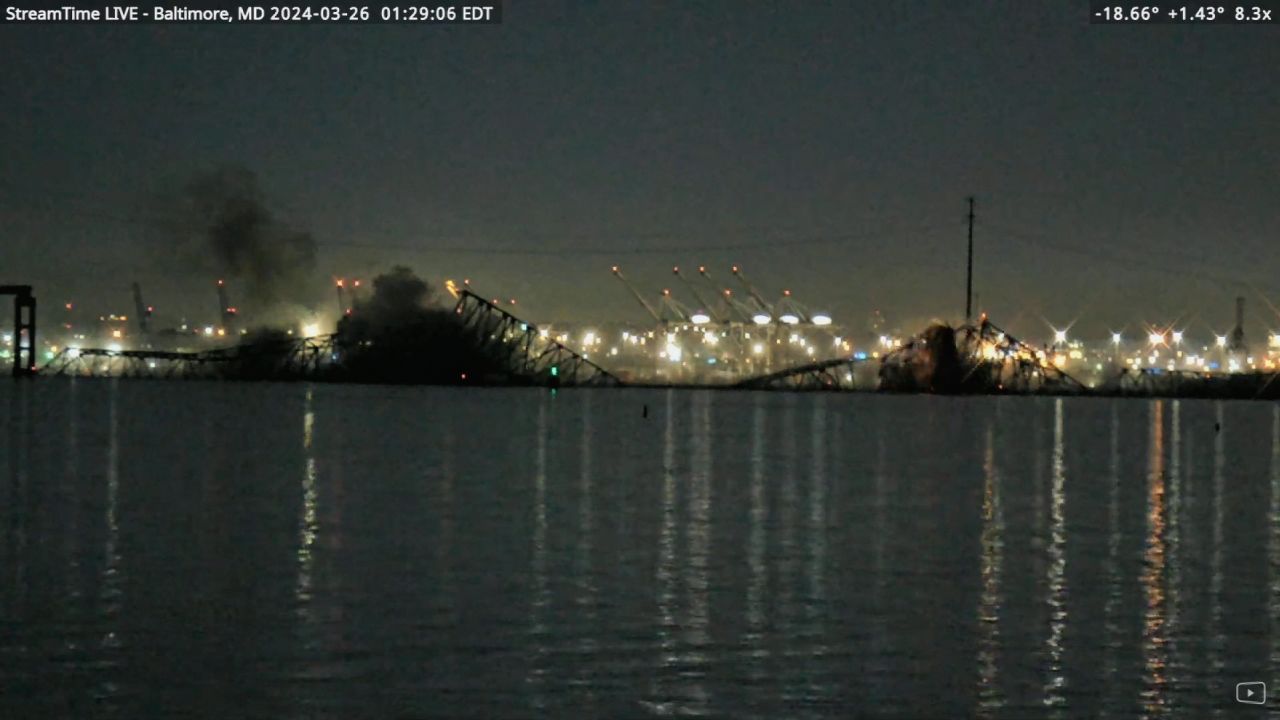
The patented technology used by Baltimore Bridge includes the design and application of metal truss bridges.
What are the specific design and application details of the Baltimore Bridge Metal Truss Bridge?
The Baltimore Bridge metal truss bridge is a continuous steel pass-through truss bridge, a design that is very efficient in its use of materials and applicable to a technology that is many years old. The bridge used a cantilevered deck design, a design that is believed to have contributed to its total collapse. In addition, the truss bridge was a very strong bridge structure, able to withstand a great deal of tension and compression on the deck and trusses, making it both economical and practical in its design. However, despite its design for high stability and durability, in some cases, such as the Baltimore Bridge, the design of the cantilevered deck can lead to instability of the structure under extreme conditions, which can be catastrophic.
What specific patented technologies were used on the Baltimore Bridge project to improve the safety and durability of the bridge?
Specific patented technologies used in the Baltimore Bridge project to improve the safety and durability of the bridge include a specific design by Theodor Rall. However, due to limited evidence, it was not possible to provide more specific details about these patented technologies.
How has the 1852 patented metal truss bridge technology changed and evolved for use in modern bridge construction?
The application of the 1852 patented metal truss bridge technology in modern bridge construction has undergone significant changes and developments. First, during the Industrial Revolution, the introduction of metal materials changed the state of traditional masonry and wood construction materials by introducing new lightweight, high-strength materials into bridge construction. This change promoted the strength and stiffness of railroad bridges to meet the evolving needs of steam locomotives.
Over time, the design and shape of truss bridges evolved. Many different combinations of forms were derived from the original simple triangular structure. Bridges registered in the United States after 1855 were improved versions of earlier forms, and all were made of metal. This shows that the application of metal truss bridge technology evolved from a single structural form to a variety of designs and applications.
This truss-based structural form reflects the wide application and importance of metal truss bridge technology in modern bridge construction.
These changes and developments demonstrate the important role and far-reaching influence of metal truss bridge technology in modern bridge construction.
What other innovative or proprietary technologies were used on the Baltimore Bridge project?
Other innovative or proprietary technologies used on the Baltimore Bridge project include proven innovations that accelerate the removal and replacement of bridge superstructures. These technologies are documented in a report detailing the bridge acceleration process. However, the information I searched for does not include specific references to details of specific innovative or patented technologies, such as how they work or the specific ways in which they were applied. Therefore, based on the available evidence, we can only determine that the Baltimore Bridge project used technologies that accelerated the removal and replacement of the bridge’s superstructure, but we are unable to provide a more detailed description of those technologies.
Why did the bridge collapse?
Shortly before 1:30 a.m. Tuesday, a Singaporean-flagged container vessel called DALI struck one of the 47-year-old bridge’s pillars, officials said.
Ad Feedback
The local pilot of the ship did “everything that he could have done” to slow the ship and keep it from drifting toward the bridge, Clay Diamond, executive director and general counsel of the American Pilots Association, told CNN.
“Just minutes before the bridge, there was a total blackout on the ship, meaning that the ship lost engine power and electrical power, it was a complete blackout,” Diamond said.
The pilot then did “everything that he could have done” to both slow the ship down and keep it from drifting to the right, toward the bridge, he added.
The pilot quickly gave a string of orders, calling for a hard rudder to port –- as far left as possible -– and for an anchor to be dropped.
Video of the 95,000 gross ton ship approaching the bridge shows lights on the vessel going off then turning back on – likely due to an emergency generator activating after the initial blackout – but the ship’s engines never got running again, according to Diamond.
The Maritime and Port Authority of Singapore said in a written statement that dropping anchor is part of emergency protocol and confirmed the DALI was not under engine power.
“As a result (of the momentary loss of power), it was unable to maintain the desired heading and collided with the Francis Scott Key bridge,” the statement said, attributing the information to the ship management company, Synergy Marine Pte Ltd.
Footage of the crash also showed the 984-foot long vessel, which had been chartered to carry cargo by Danish shipping giant Maersk, was in the wrong part of the channel as it approached the bridge.
The ship crashed into a pillar toward one side of the bridge instead of crossing under the middle of the bridge, where the clearance is highest.
“If you look at it, it’s off center of where it should be,” Maryland Transportation Secretary Paul J. Wiedefeld told CNN.
“Obviously, it should be in the main channel, which is under that main span.”


StreamTimeLive
